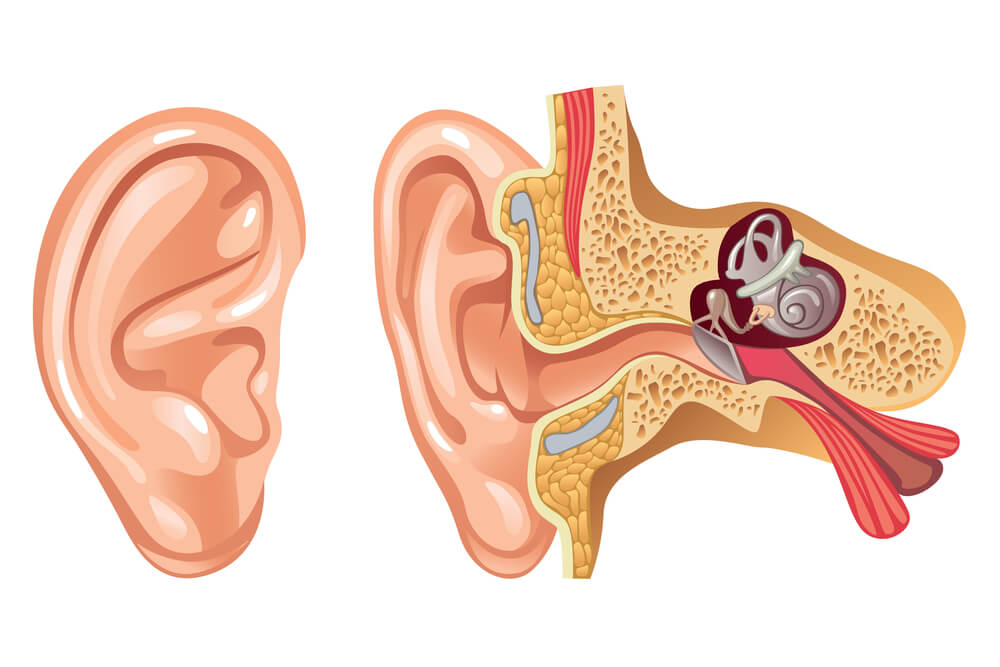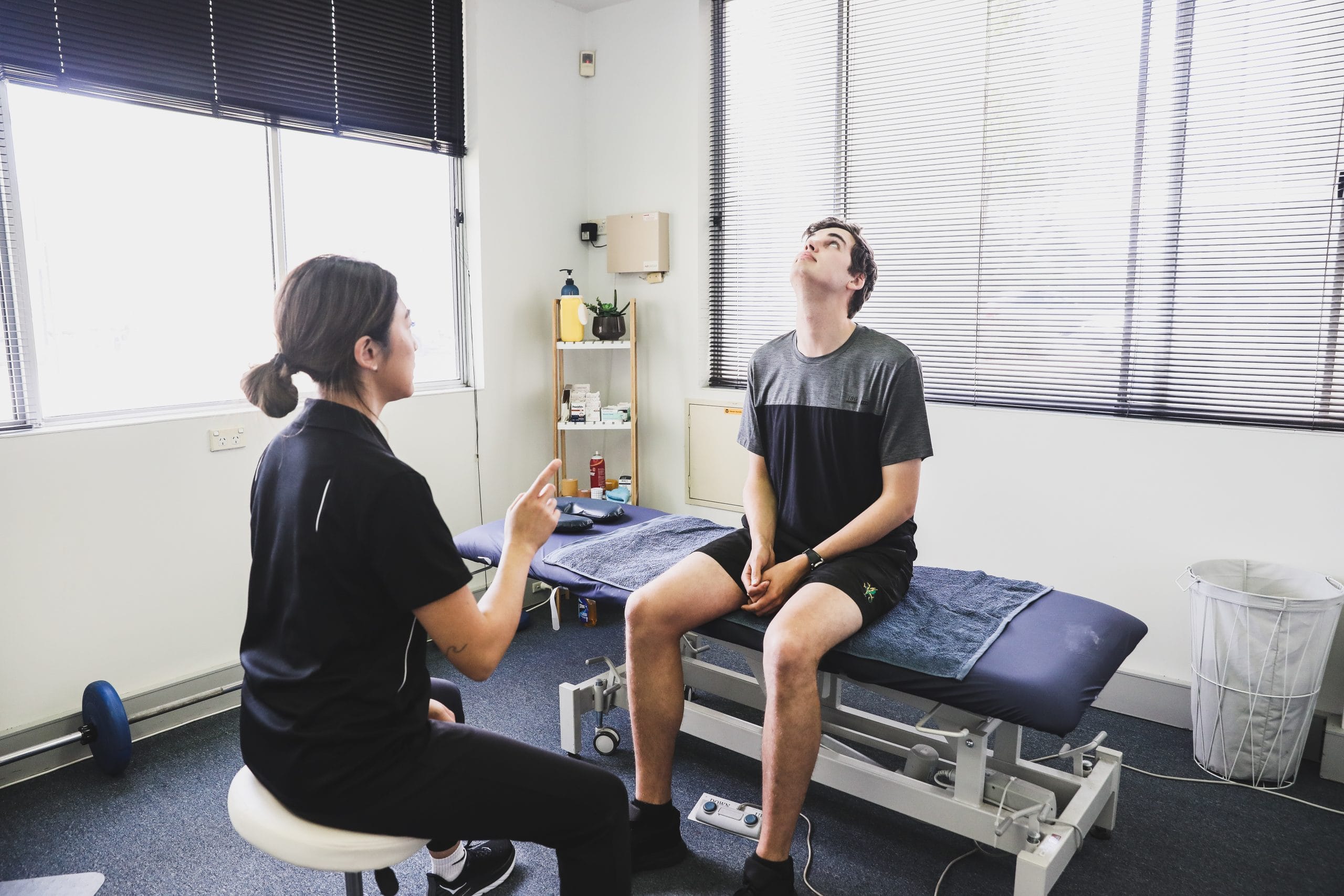
Vertigo – the sudden false sensation that you’re spinning or moving – can be a symptom of various different conditions. One of the most common causes of vertigo is Benign Paroxysmal Positional Vertigo (BPPV).
But what is BPPV? BPPV is usually caused by sudden head movements or changes to the head’s position, such as moving into a sitting position or tipping your head back. It can cause sudden episodes of dizziness, varying from mild to severe.
Let’s take a look at what exactly causes BPPV, as well as other BPPV symptoms, potential home remedies and how to treat BPPV.
What Causes BPPV?

BPPV often results due to a problem in the inner ear. There are three structures within the vestibular labyrinth of the inner ear, called the semicircular canals. The semicircular canals sense the rotation of the head and give you positional orientation.
Tiny calcium crystals (particles of calcium carbonate also known as canaliths) within the inner ear structures monitor the movements of your head, and make you sensitive to your head’s position in relation to gravity.
If these calcium crystals come loose, they can move into one of the semicircular canals. This results in the semicircular canal sending the wrong signal to the brain, resulting in vestibular symptoms.
BPPV Symptoms

As well as dizziness and a spinning sensation, as a result of BPPV you may experience:
- Nausea
- Loss of balance
- Unsteadiness
- Vomiting
- Abnormal rhythmic eye movements
It’s important to seek immediate medical attention if you experience any of the following in addition to vertigo:
- Sudden severe headache
- Fever
- Loss of vision or double vision
- Loss of consciousness
- Loss of hearing
- Numbness, tingling or limb weakness
How Is BPPV Diagnosed?

A physiotherapist will ask questions about your vertigo, so make sure you take note of when you’re hit with the dizziness, how long it lasts and movements that seem to trigger it. During a physical exam, they will likely use the Dix-Hallpike test or supine roll test where they watch the patient’s eyes while turning the patient’s head.
They will also ask about your medical history, and check your blood pressure. A hearing test and a balance test may be used in addition to positional testing. In some cases, you may need a CT or MRI scan of the inner ear.
BPPV is not the only condition that causes vertigo, so your physiotherapist may complete other tests to determine the cause of your dizziness. For example, other conditions such as vestibular neuritis can cause similar symptoms of imbalance.
Home Remedies
There are some things you can do at home to reduce the symptoms of BPPV:
- Avoid sleeping with the affected ear facing down
- Drink plenty of fluids to avoid dehydration and additional dizziness
- Avoid movements that trigger an episode of vertigo
- Complete head movements and exercises as prescribed by your physio
However, if you have persistent vertigo as a result of BPPV, if it gets worse over time, or if you’re in danger of falling due to your dizziness, seek professional advice and treatment.
How Do You Treat BPPV?

There are several forms of vestibular rehabilitation therapy that can assist with treating vertigo. Balance exercises can be useful to retrain the vestibular system and treat vertigo. In addition, medication can be useful to treat the nausea or vomiting related to BPPV. However, one of the most effective treatments for BPPV is the Canalith Repositioning Procedure.
The Canalith Repositioning Procedure (sometimes called the Epley Manoeuvre) is a form of physical therapy in which head manoeuvres are used to try to help with removing the calcium crystals from the posterior semicircular canal. Other manoeuvres are used for the other less common canals at times. A physiotherapist will assist with these slow, simple manoeuvres, which are usually quite effective. Each head position is held for approximately thirty seconds after any vertigo symptoms or abnormal eye movements stop. The Canalith Repositioning Procedure usually offers relief after just a few sessions.
In rare cases, vestibular physiotherapy may not be effective in treating Benign Positional Vertigo. In these cases, surgery may be recommended in which a bone plug is used to block part of the inner ear that’s causing the BPPV symptoms.
Get Yourself Checked Out
Sometimes BPPV can resolve itself within a few weeks or months, but you shouldn’t just learn to live with it. Our highly qualified team can help with vestibular physiotherapy in Perth can help you in diagnosing and treating your BPPV so that you can get back to living free of vertigo and dizziness. Get in touch with the friendly team here at Integrity Physio today.




